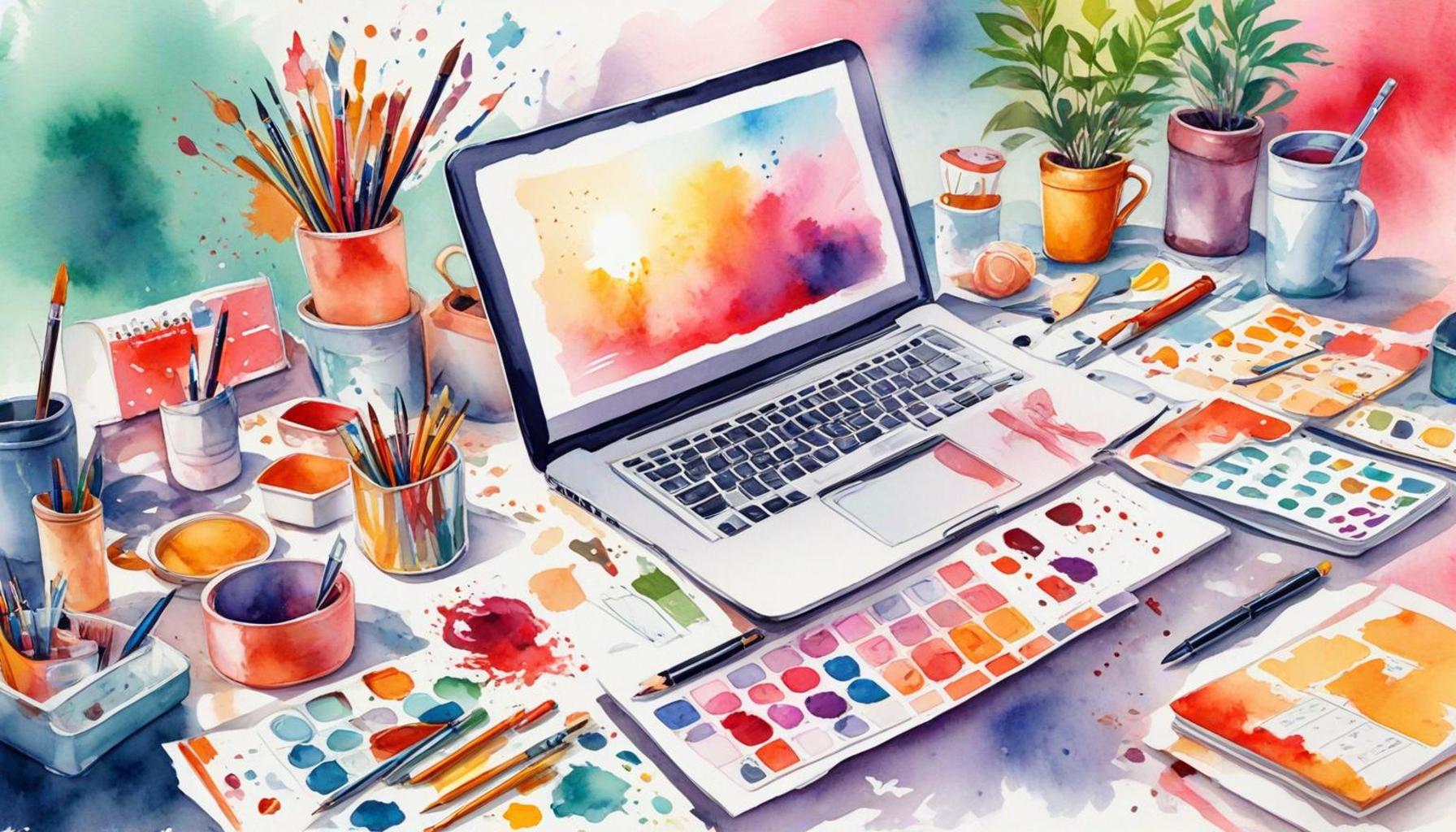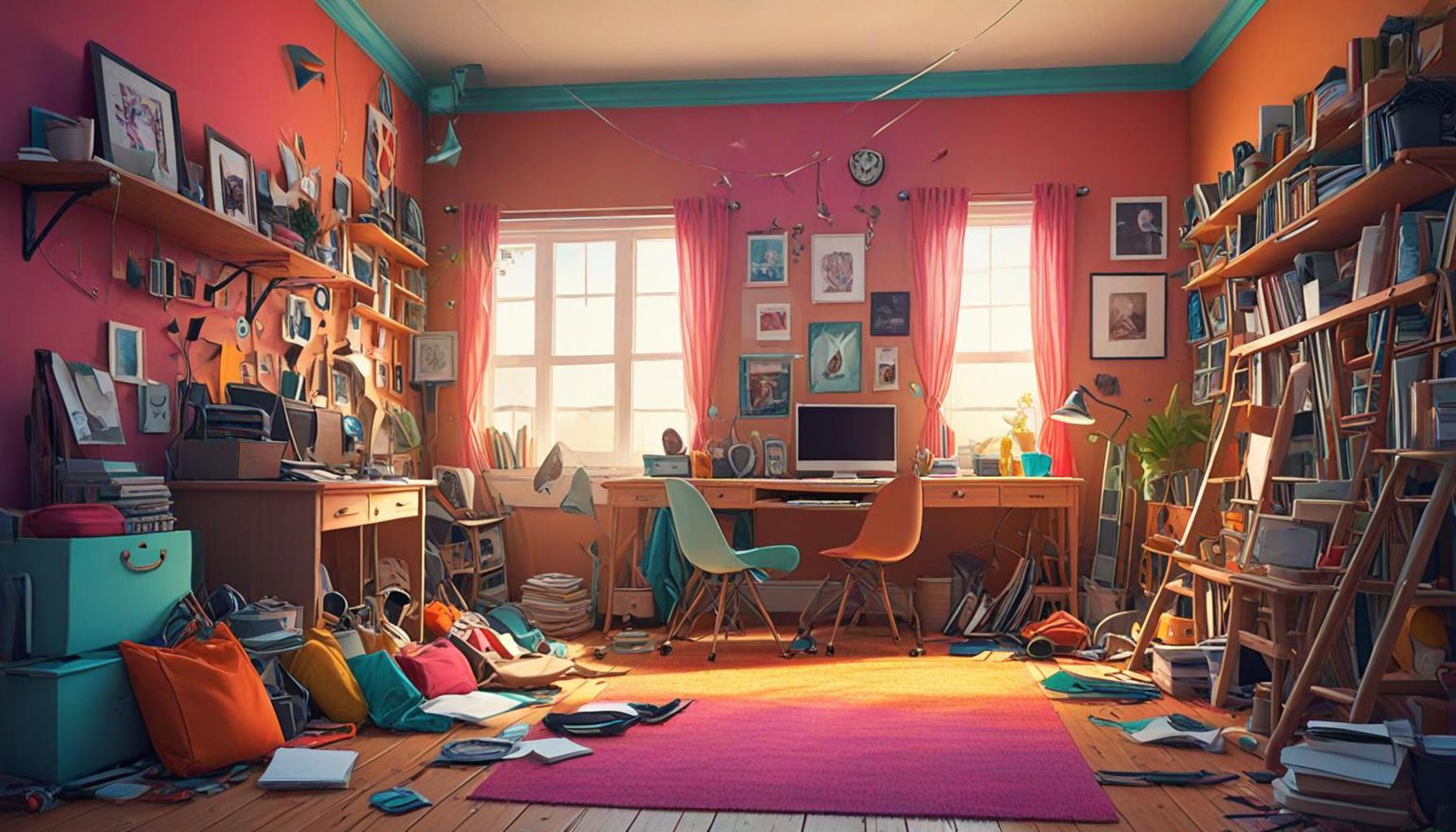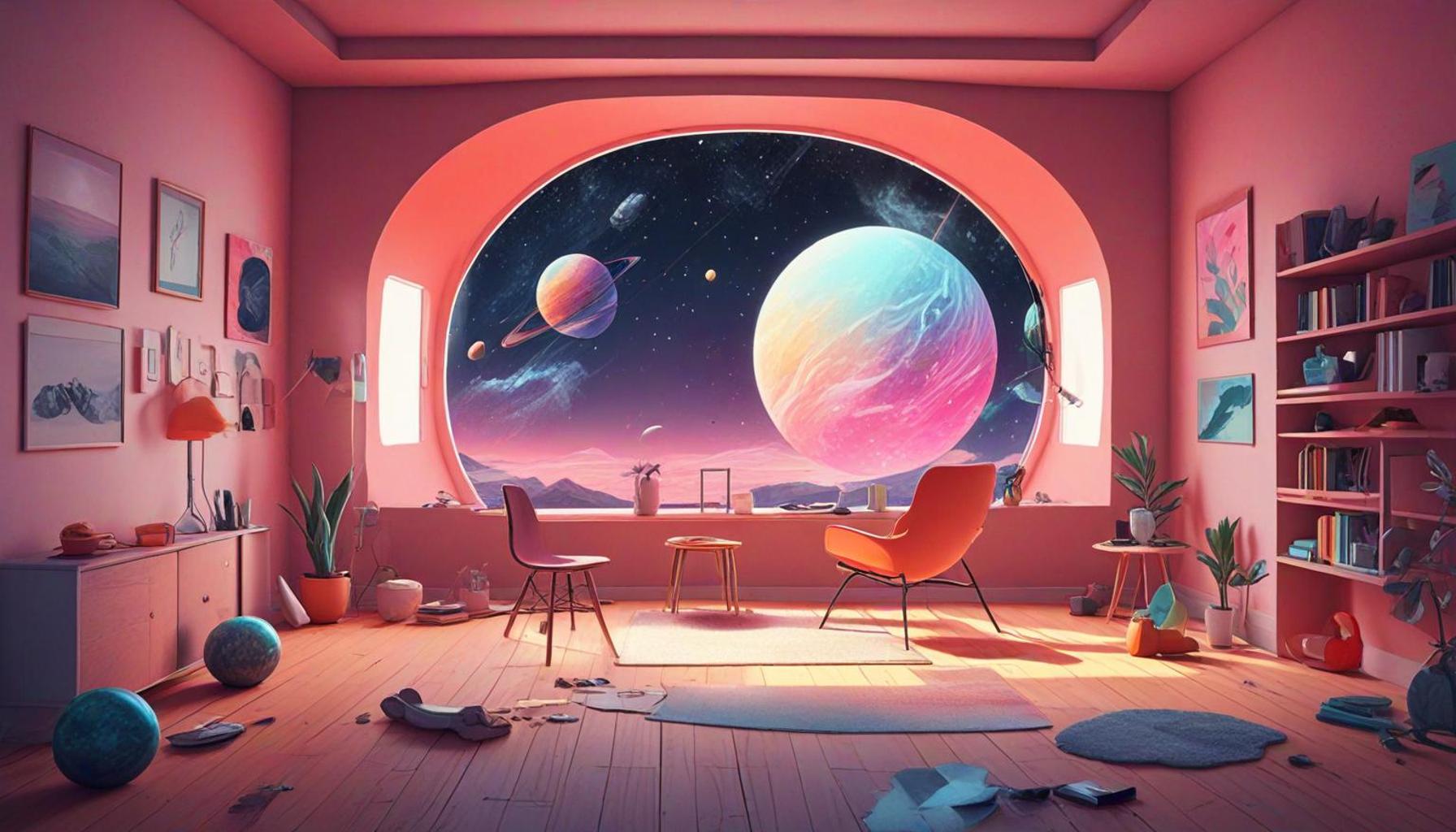Creating Connections: How Intentional Design Enhances User Experience in Organized Spaces
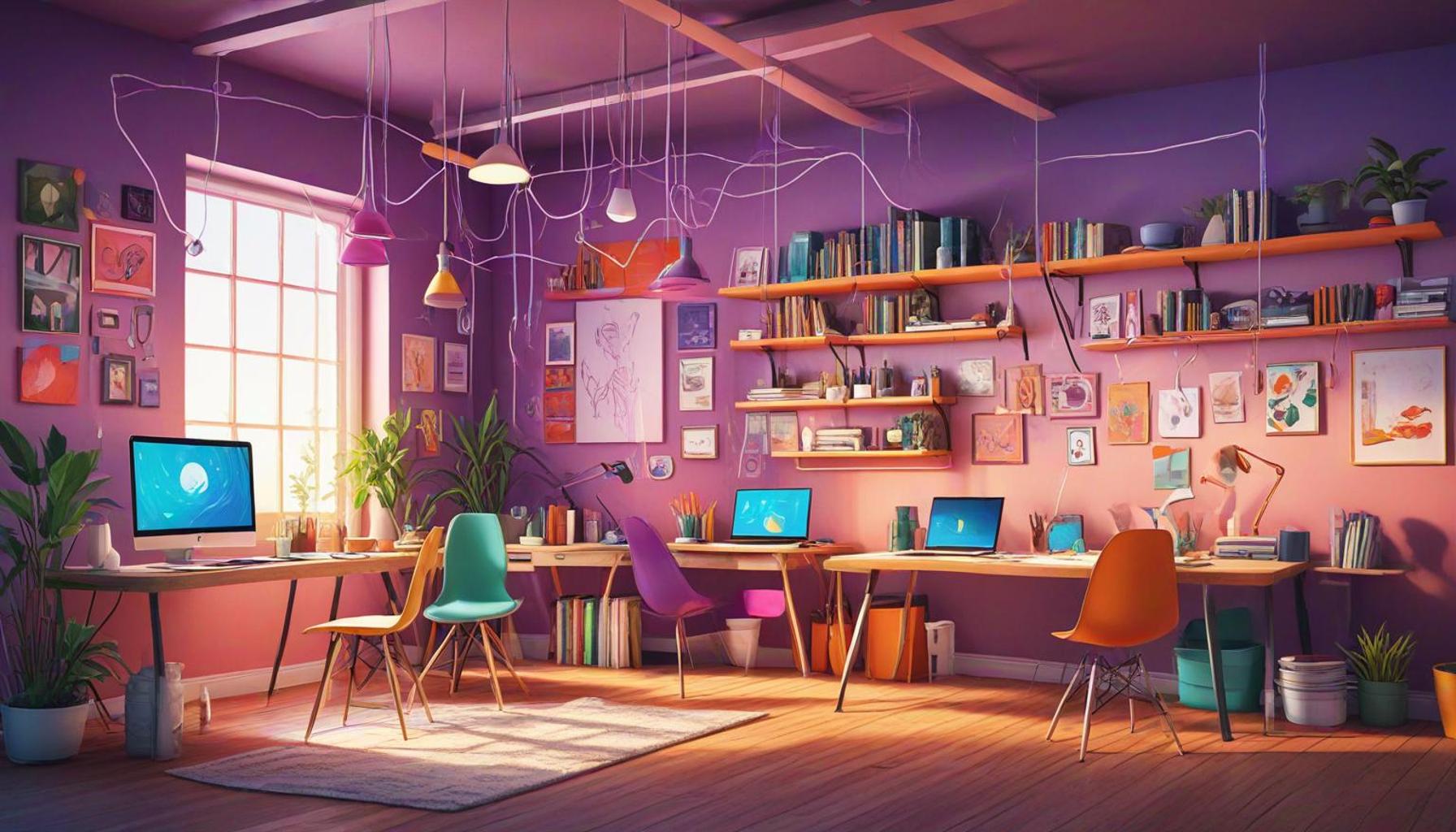
Unlocking the Power of Intentional Design
In today’s fast-paced world, the spaces we inhabit significantly shape our experiences. By focusing on intentional design, we can foster connections that enhance user satisfaction and interactions. Organized spaces don’t just look good; they serve a purpose and can deeply influence our mood, productivity, and even our overall well-being.
The Role of Design in Our Daily Lives
Consider how an environment influences behavior and engagement. Spaces meticulously planned with intention can lead to better outcomes in various contexts, from workplaces to public areas. Here are some crucial aspects of intentional design that illustrate its importance:
- Functionality: Effective design prioritizes ease of use, ensuring that every element serves a purpose. For example, in a kitchen design, optimal placement of appliances minimizes movement and maximizes efficiency, allowing for a more seamless cooking experience.
- Aesthetics: Visually appealing spaces attract attention and evoke emotions. A well-lit office with vibrant artwork can elevate the mood of employees, fostering creativity and engagement. Research underscores that colors can influence productivity; for instance, blue can promote calmness, while yellow might inspire creativity.
- Accessibility: Spaces should be easy to navigate for all users. Implementing universal design principles—such as ramps, clear signage, and the strategic arrangement of furniture—ensures everyone can enjoy and utilize a space effectively. This inclusivity not only meets legal standards but enhances overall satisfaction and usability.
Each element plays a vital role in crafting user experiences that resonate and create lasting impressions.
Real-World Applications
From office layouts to retail environments, intentional design applies across various organized spaces, significantly impacting consumer behavior and employee morale. Examples include:
- Workplaces: Open layouts promote collaboration and creativity, as teams can easily share ideas and resources. Companies like Google have embraced this philosophy, designing their offices with communal areas that invite collaborative brainstorming sessions and casual interactions.
- Restaurants: Thoughtful seating arrangements enhance the dining experience. Restaurants with cozy nooks foster intimate conversations, while communal tables encourage social interaction among guests, effectively creating a more vibrant atmosphere.
- Public Spaces: Parks designed with community in mind invite social interaction. New York City’s High Line, for example, transformed an abandoned railway into a thriving public space, featuring native plants and art installations that encourage community gatherings and promote well-being.
By understanding how these components work together, we can better appreciate the importance of design. intentional design not only elevates functionality and aesthetics but also cultivates a greater sense of community and belonging in various environments.
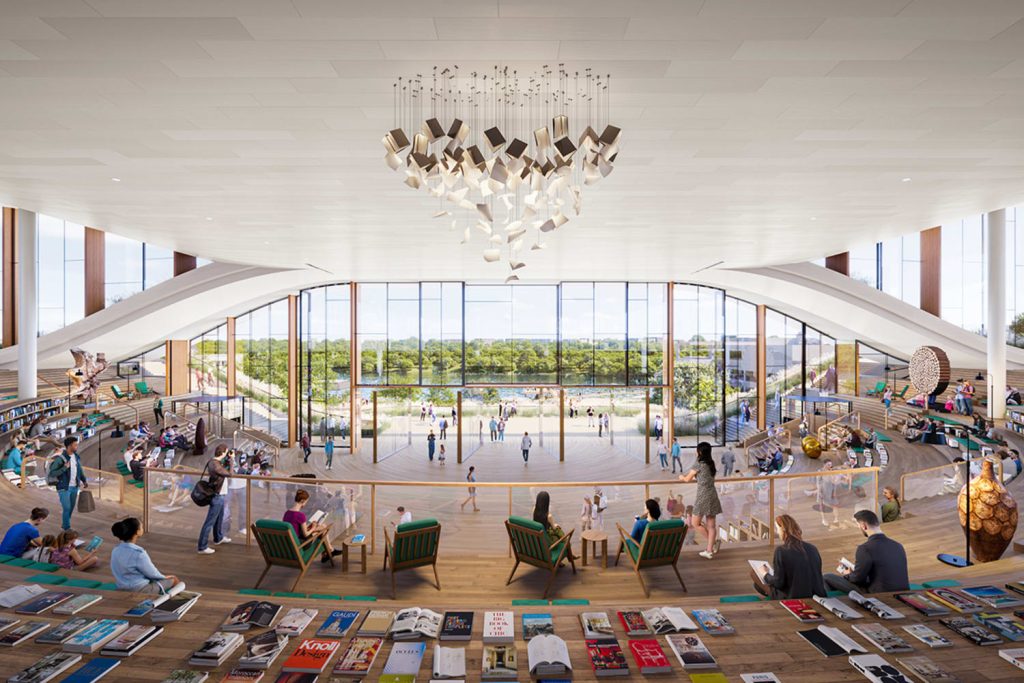
Join us as we explore how intentional design can transform user experiences and strengthen connections in organized spaces, paving the way for innovations that meet the evolving needs of society.
DISCOVER MORE: Click here to delve into minimalist design
Intentional Design: Crafting Meaningful Interactions
Understanding how intentional design shapes user experience is crucial in our increasingly interconnected lives. As technology and societal norms evolve, the importance of meaningful spaces that invite interaction and foster creativity becomes ever more apparent. Intentional design is not merely about arranging items aesthetically; it’s about creating environments that encourage engagement and satisfaction.
Key Elements of Intentional Design
When we delve into the nuances of intentional design, several fundamental elements emerge that can transform an ordinary space into one that fully engages occupants. These elements not only enhance functionality but also contribute to emotional well-being:
- Spatial Flow: The layout of a space must promote a natural and intuitive flow. For instance, in a retail store, strategically placing high-demand items near the entrance can draw customers through the space, enhancing visibility and leading to increased sales. Ensuring that pathways are clear and logical can also positively affect how users navigate the environment.
- Lighting: Natural light can have a profound effect on mood and productivity. In office designs, large windows and open spaces can boost morale and reduce stress, while task lighting in specific areas—such as reading nooks or communal meeting tables—can enhance focus and efficiency.
- Materials and Texture: The choice of materials can elicit emotional responses and enhance sensory experiences. Soft furnishings in lounge areas can create a welcoming atmosphere, while polished surfaces may communicate professionalism in business settings. These tactile elements contribute to how a space is perceived and utilized.
Each of these elements adds to the overall experience, making it vital to understand their interconnectedness when designing spaces.
Cultural Considerations in Intentional Design
Intentional design does not operate in a vacuum; cultural context plays a significant role in how spaces are perceived and used. In the United States, diverse cultural backgrounds influence preferences for shared spaces. For example, family-oriented designs with outdoor seating can be vital in neighborhoods where community gatherings are common, while urban settings may prioritize efficient layouts that maximize available land.
Additionally, designing for different user personas—be it families, young professionals, or seniors—ensures that spaces cater to varying needs. Understanding demographic trends can empower designers to create environments that resonate with users on a personal level.
The integration of cultural considerations allows for more inclusive, welcoming spaces, fostering a sense of belonging among users.
Through an exploration of these key elements, we begin to grasp how intentional design serves as a powerful tool in enhancing user experience. By examining how these elements intertwine with cultural contexts, we can further appreciate the transformative potential of organized spaces designed with purpose and care.
Creating Connections: How Intentional Design Enhances User Experience in Organized Spaces
As we delve deeper into the intricate world of intentional design, it becomes increasingly evident that the physical environment profoundly shapes user interactions. The essence of organized spaces lies not only in aesthetics but also in functionality and flow. When users navigate through a thoughtfully designed environment, they experience a seamless connection between their needs and the space around them. Studies indicate that an organized layout significantly boosts productivity and enhances emotional well-being.
Moreover, elements such as color psychology play a crucial role in user experience. For instance, warm tones can evoke feelings of comfort and inclusivity, while cooler shades promote calmness and focus. Incorporating natural lighting amplifies these effects, fostering an inviting atmosphere conducive to creativity and collaboration. Furthermore, strategic use of furniture arrangements can establish zones that encourage various types of interactions—be it quiet contemplation or dynamic discussions.
This meticulous focus on user experience through intentional design encourages deeper connections among individuals. When spaces are crafted with care, they invite users to engage with one another, breaking down barriers and fostering community. By prioritizing these principles, designers are not merely creating physical environments; they are architecting experiences that resonate, inspire, and connect.
| Advantages of Intentional Design | Impact on User Experience |
|---|---|
| Enhanced Accessibility | Spaces designed with clarity allow users to navigate with ease. |
| Fostering Community | Intentional layouts promote social interactions and connections among users. |
By understanding and implementing these principles, designers can create organized spaces that not only meet functional needs but also enhance the overall sense of connection within the environment. The journey into intentional design is not just about aesthetics; it’s a transformative experience that shapes how we relate to and experience the spaces we inhabit.
DISCOVER MORE: Click here to learn how to create efficient spaces at home
Fostering Community Through Collaborative Environments
As we explore the impact of intentional design on user experience, one cannot overlook the pivotal role that collaboration plays in today’s spaces. From coworking offices to public parks, creating environments that encourage teamwork and interaction can significantly enhance user satisfaction. When laid out thoughtfully, a space can inspire creativity and facilitate exchange, fostering a sense of community.
Designing for Collaboration
The concept of collaborative design encompasses several principles tailored to encourage group interactions. One such principle is the incorporation of flexible spaces. These areas, equipped with movable furniture or modular setups, can transform according to user needs, whether for brainstorming sessions, workshops, or casual meetups. Designers are now prioritizing such adaptable layouts to better serve the dynamic nature of modern work and social environments.
Another critical aspect is the inclusion of common areas. Informal meeting spots within workplaces, like lounges or cafés, can serve as catalysts for spontaneous interactions. A study by Harvard Business Review found that companies with open-office layouts foster greater collaboration among employees compared to traditional setups. By integrating these communal spaces, designers can encourage connectivity, leading to increased productivity and the sharing of ideas.
The Role of Technology in Enhancing User Experience
In today’s digital age, integrating technology into intentional design is essential. Smart environments equipped with interactive displays, virtual meeting capabilities, and seamless connectivity can elevate the user experience to new heights. For instance, museums and galleries utilizing augmented reality (AR) can enhance the visitor experience, allowing individuals to engage with exhibits in innovative ways, creating lasting memories and deeper connections to the content.
Moreover, data analytics is becoming a significant part of understanding how users interact within a space. By leveraging sensors and user feedback, designers can gain insights into behavior patterns, allowing them to optimize layouts and elements continuously. For example, retailers like Amazon Go utilize advanced technology to monitor how customers navigate their spaces, enabling real-time adjustments that further enhance the shopping experience.
Impact on Mental Health and Well-being
Intentional design also positively influences mental health and well-being. Spaces that promote interaction and collaboration often foster a sense of belonging, which is vital for emotional health. In educational settings, designs that incorporate comfortable seating arrangements, greenery, and natural light can enhance student engagement and reduce anxiety. A study by the University of Michigan found that students who interacted more frequently in campus lounges reported higher levels of satisfaction with their college experience.
Additionally, incorporating biophilic design elements—such as plants, natural materials, and views of nature—can significantly enhance the emotional experience in organized spaces. Research has shown that exposure to nature can reduce stress and improve focus, creating a more productive atmosphere for users.
As we navigate the intricate tapestry of user experience, intentional design emerges as a fundamental element that bridges aesthetics with functionality. With a keen eye on collaboration, technology integration, and mental well-being, designers have the opportunity to craft spaces that not only serve a purpose but also create lasting connections among users. The ongoing exploration of these facets will undoubtedly continue to shape the future of intentional design in organized spaces.
DIVE DEEPER: Click here to learn how personal organization enhances mindful consumption
Conclusion: The Future of Intentional Design in Organized Spaces
As we conclude our exploration into Creating Connections: How Intentional Design Enhances User Experience in Organized Spaces, it is clear that the thoughtful integration of design elements plays a transformative role in shaping user experiences. The principles of intentional design—far from being mere aesthetic choices—elevate functionality and engagement while nurturing a sense of community.
The importance of collaborative environments in modern spaces cannot be overstated. By designing flexible areas and common zones that cultivate interaction, organizations can not only enhance creativity but also foster authentic connections among users. Additionally, the evolving relationship between technology and design further enriches experiences, allowing users to engage in ways that were previously unimaginable. For instance, the application of smart technology and data analytics paves the way for spaces that adapt to user behavior, optimizing their interactions continually.
Moreover, a focus on mental health and well-being is paramount. Incorporating elements such as natural light and biophilic design significantly contributes to the emotional experience in public and private spaces, underscoring the importance of design not just as a utilitarian resource but as a vehicle for holistic wellness. As the landscape of organized spaces evolves, it becomes increasingly clear that intentional design is not just about creating functional environments; it is about fostering meaningful connections and positive user experiences.
Ultimately, as we look ahead, the synergy between design, technology, and user engagement will be instrumental in shaping future spaces. This evolving narrative invites all stakeholders—from designers to users—to engage thoughtfully in a dialogue that continually reimagines the ways we inhabit and connect within organized spaces.
